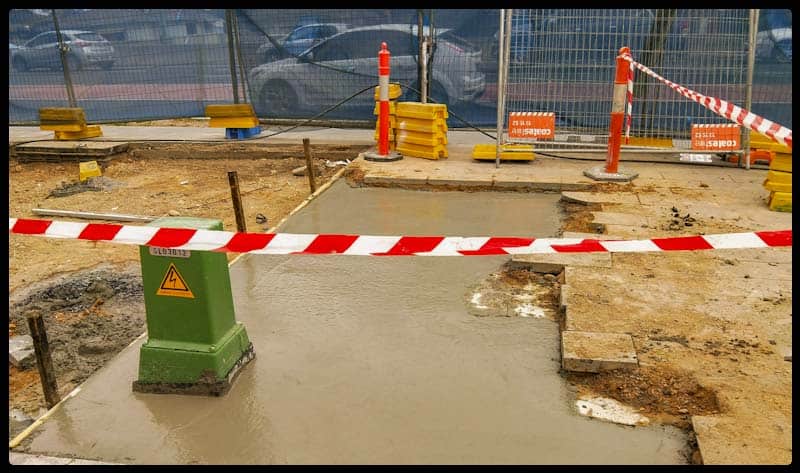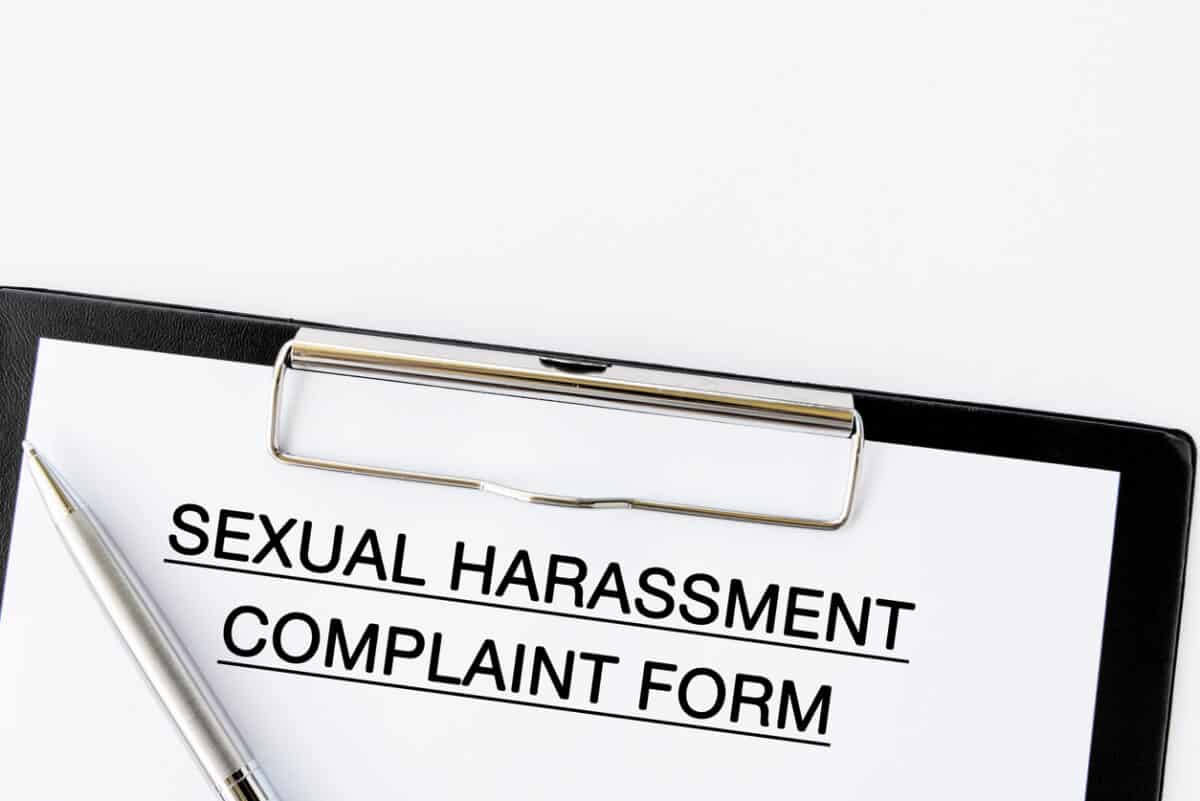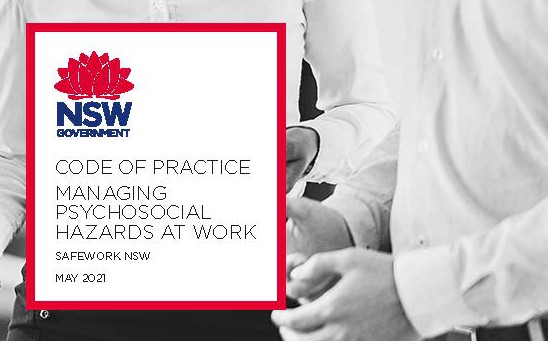In July 2022, RMIT University release a three-part series on physical and mental health in Australia’s construction industry consisting of Evidence, Exploration and Evaluation. By themselves, they make a strong case for structural reform of the construction sector to improve workers’ mental and physical health.
Category: procurement
A new, safer work schedule or continuing employer “flexibility”?
SafetyAtWorkBlog has kept a watching brief on the Australian construction industry and its attempts to improve its workplace culture. On the initiative of no weekend work, there seems to be some dissatisfaction from Brookfield Multiplex, even though that company is a “contributing member ” of the Construction Industry Culture Taskforce (CICT), which advocates for no weekend work and a cap of 50 hours.
Victorian sexual harassment recommendations protect workers – sort of
In light of many workplace sexual harassment scandals in Australia, the Victorian Government established a task force to look at the issues and make recommendations. That task force has released its findings, the government has responded, and the media has focused on mainly one issue – non-disclosure agreements (NDAs) – missing out on other important information. And questions like, why did Victoria have the task force at all?
What does the IPCC report on climate change say about work?
Global warming will affect the way we work. This was acknowledged in the most recent report from the International Panel on Climate Change. The 3,676-page report cited several research papers related to these changes. Below is a list of those papers and comments on the abstracts, where available.
Vanos, J., D. J. Vecellio and T. Kjellstrom, 2019: Workplace heat exposure, health protection, and economic impacts: A case study in Canada. Am. J. Ind. Med., 62(12), 1024-1037, doi:10.1002/ajim.22966. https://pubmed.ncbi.nlm.nih.gov/30912193/
This abstract recommends “Providing worksite heat metrics to the employees aids in appropriate decision making and health protection.” This research adds to one’s state of knowledge but may not help with which on-the-ground decisions need to be made.
We should give a fat RAT’s clacker about COVID-19 testing
Australia’s strategy for combatting the COVID-19 pandemic is almost entirely based on vaccinations. The supplementary control measures of increased ventilation, social distancing, mask-wearing and hygiene are still vitally important but have dropped off the radar a little in the rush to maximise the number of vaccinated citizens and workers. One of the measures not currently listed on the Safe Work Australia COVID-19 website (at the time of writing) is rapid antigen testing (RAT), even though this screening method is integral to reopening businesses in the United States.
RAT has started to appear in Australia. It is a valuable tool, but it is not a replacement for the medical PCR test, and there are administrative considerations that affect the occupational health and safety (OHS) management of COVID-19.
Speak Global, Implement Local
Most of the international reporting in June 2021 was about the G7 meeting, but the International Labour Organisation (ILO) also conducted a World of Work Summit as part of its 109th International Labor Conference. Several world leaders recorded messages for the event, and two are particularly interesting – President Joe Biden and Pope Francis. Such statements do have global influence and can support local occupational health and safety (OHS) initiatives.
Latest Psych Health Code released
The big occupational health and safety (OHS) news in Australia has been the New South Wales release of its Code of Practice for Managing Psychological Hazards at Work. This Code is not mandatory but is a very good indication of what the OHS regulators (and perhaps eventually the Courts) believe are reasonably practicable measures for employers and business owners to take. These measures are discussed in detail below.






